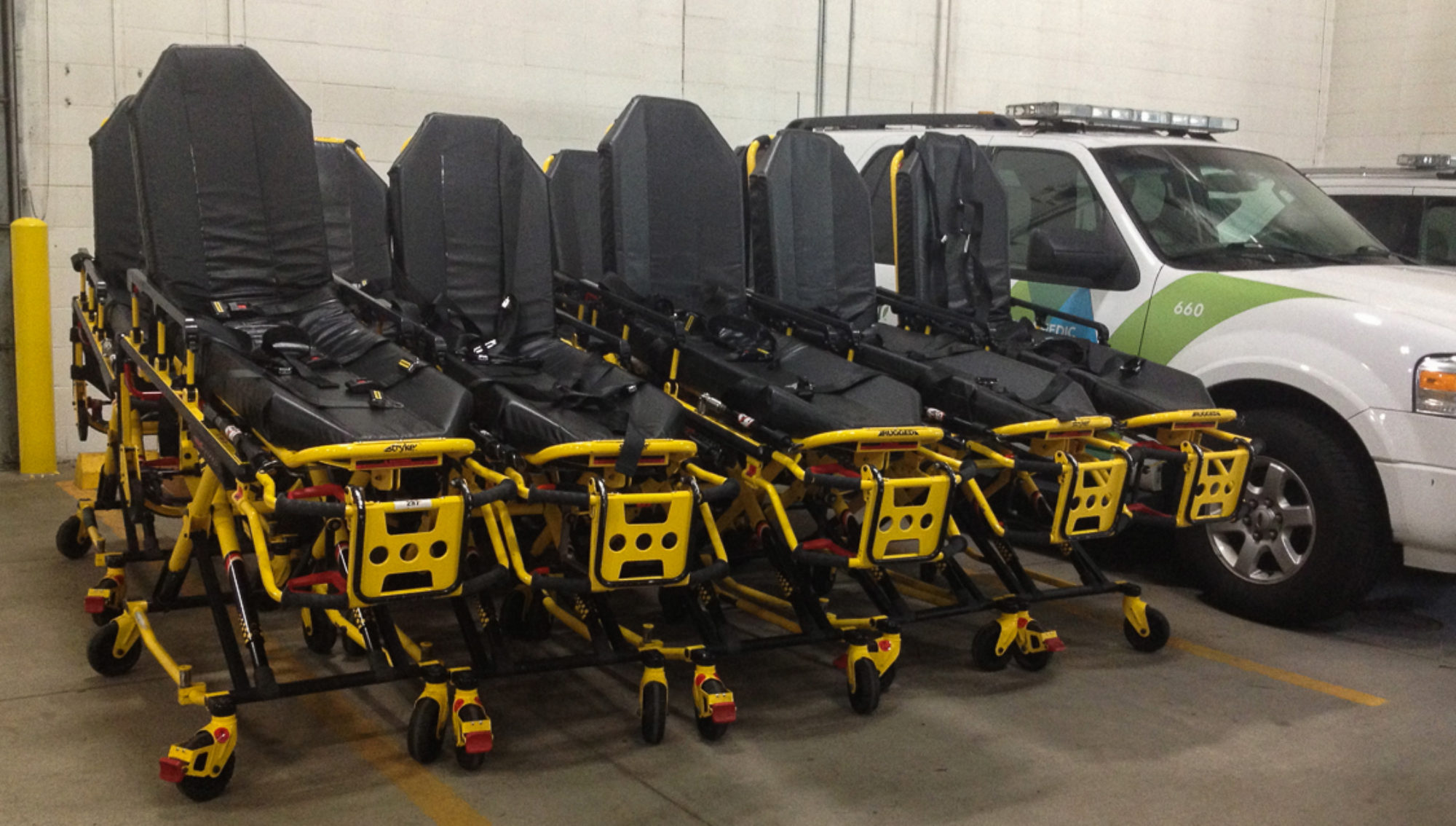Recent events
May 23rd, Michael Morse1 encouraged EMTs and paramedics “to embrace our inner ambulance driver.” Apropos given that the National EMS Management Association (NEMSMA)2 recently issued a proposal to streamline our nomenclature. These two items are not one-in-the-same. However, both open a door to discussion on labels. (I will save exploration of “Are we a profession or job?” and “Is paramedicine a discipline?” for other posts.)
And no, I do not suggest “Ambulance Driver” become adopted as part of the nomenclature. Nor do I envision ambulance driver become an American equivalent to “Ambo.” [Interestingly, as Lazarsfeld-Jensen pointed out, “the contraction ‘ambo’ for ambulance officer is more definitive than paramedic which is not a protected title”3.] Nor do I intend to argue for or against NEMSMA’s position in this blog post.
Ok, so?
I am compelled to write because I agree with Morse.
Wholeheartedly.
“My name is Aaron [pause for the compulsory reply, “Hi Aaron.”] and I am an ambulance driver.”
This is something I came to terms with several years ago. One difference is that when I admit to being an ambulance driver, I qualify the term with “on every other call.” Unless, of course, I am working with an EMT; then chances are every patient is ALS and I never get to drive!
I gently “correct” the unwitting in a lighthearted manner. I suppose this could be Minnesota Nice (also known as passive-aggressive). Yet I convey to others my job is more than driving an ambulance. It typically opens a discussion about what paramedics do.
It is a holdover term
There are several reasons not to take umbrage with the term ambulance driver. Morse rightly noted public perception is near impossible to change. Short of a public service campaign, which could make paramedics look petty, this will be a one-on-one crusade.
Totality of what we do is lost on most in the public. Beyond this common misunderstanding, I have never personally witnessed anyone use the term ambulance driver in a derogatory manner. In fact, I get asked about rubbing paddles together to shock someone more than I get called ambulance driver.
Another area of obscurity are media reports. The written stories of, say a gunshot victim, begin with police rushing to the scene and finding a 20-year-old victim who was rushed to the hospital, where doctors removed a bullet. The television cameras may get on scene just before the ambulance departs, showcasing an ambulance driving under lifted police tape. Most of our treatments are done in privacy for benefit of the patient. What readers or views learn about the ambulance’s role in emergencies is driving victims to the hospital.
Furthermore, ambulance driver is an antiquated term. Old-fashioned does not necessarily mean offensive. Those who use the term ambulance driver these days likely watched Emergency! first run as an adult. Rarely do those younger than Baby Boomer use the term ambulance driver. Rather, the younger set likely calls everyone a paramedic. (But we all know paramedics who get offended being called EMT as well.)
What to do about it?
Patients generally have no idea who you are. Paramedics arrive after first responders, who have taken vitals, asked about pain and splinted injuries. They then wait for the ambulance and driver. For EMTs and paramedics, this is a great opportunity to stress the “I” in AIDET®4. Introducing yourself is “I” in the acronym. Not only is it polite to introduce yourself, but stating your name and title reassures those in distress. Help has arrived! Think of the benefits of identifying yourself as paramedic or EMT. Doing so at every patient encounter works to combat the idea of ambulance driver.
Really, how upset can we be? When your partner is ready to transport, what do we say? “I am going to go drive now.” What can we expect? What should we expect?
Focus on positives, not dwell on negatives
While Morse identified driving as a small part of our day, it can be our highest profile role! What new EMT or paramedic cannot wait to get behind the wheel and set siren to phaser and move other drivers out of the way? Next time, consider that driver, frozen in the middle lane, trying to decide if it is an ambulance driver or paramedic behind them? Yet I digress.
Turning negatives into positives is important. Instead of getting irate at the term (or those who use it), I’ve worked to become the best ambulance driver. Safety and comfort is the goal. No one gets to the hospital if I do not embrace my role as ambulance driver. Wishing I was doing patient care instead of driving or upset I was sent on the call in the first place, takes my mind off the road. Being mentally removed from driving is when crashes happen. Even a sudden stop or quick deceleration can have terrible consequences.
Ultimately, it takes skill and care to operate a large box through congested streets, on alert for erratic drivers. Revel in the fact you expertly convey your partner, patient, family or medical teams safely through the roadways. And do so under great duress!
I do not allow others’ lack of familiarity with my profession determine my worth. Yes, I drive an ambulance. It is part of the job. If I did not drive an ambulance, compassionate medical care would not arrive to those needing assistance. More importantly, patients needing definitive care would not be transported.
References:
1. Morse, M. (2017, May 23). Why I came to accept being called an ‘ambulance driver.’ EMS1.com. Retrieved from http://www.ems1.com
2. NEMSMA (n.d.) Call for common nomenclature for the profession of paramedicine [Position statement]. Retrieved from http://www.NEMSMA.org
3. Lazarsfeld-Jensen, A. (2014). Telling stories out of school: Experiencing the paramedic’s oral traditions and role dissonance. Nurse Education in Practice, 14(6), 734-739. http://dx.doi.org/10.1016/j.nepr.2014.10.001
4. Studer Group. AIDET® patient communication
